EVFTA a double edged sword of challenges and benefits for agriculture sector
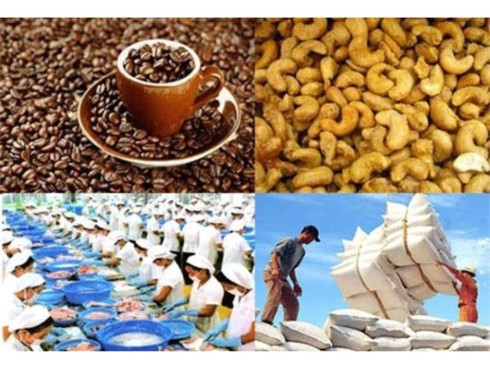 |
Within the framework of the EVFTA, Vietnam has committed to cut 24% of farm produce tax lines to zero-duty in its first year, this number will rise to cover 99% of the tax lines within 10 years. EU countries will lower their import duties on agricultural products from Vietnam to zero-duty year by year and 74.6% and 97.3% of farm produce tax lines after 10 years.
Challenge of meeting rules of origin
Apart from ample opportunities brought by tax reduction under the EVFTA, Dr. Dang Kim Khoi from the Institute of Policy and Strategy for Agriculture and Rural Development says the tax cuts will put a greater burden of competitiveness on domestic producers in terms of prices, product quality, and food hygiene and safety.
The livestock industry is forecast to be at the biggest disadvantage as taxes on chicken and pork will be cleared under a roadmap for 8- 10 years, while import duties on beef, milk, and dairy products will be eliminated in a shorter time within 3 years. Consequently, over the short and long terms, the animal husbandry industry will be under fierce competition with products imported from the EU.
Aside from such issues, many Vietnamese products have not yet met the necessary food hygiene and safety regulations or the technical standards of importers. For example, 323 consignments of Vietnamese seafood received warnings for breaches of food hygiene and safety regulations in the US, EU, Japan, and the Republic of Korea in the 2010-2015 period. Many shipments of pepper and fresh fruit and vegetables to the EU were cautioned for pesticide residues and food hygiene and safety violations.
Furthermore, to benefit from the trade deal’s incentives will require exports to satisfy the EU rules of origin, which presents its own challenges for several Vietnamese sectors. For instance, the EU has set rather stringent rules of origin on the cashew nut sector that depends on 63% of imported materials. To satisfy all EU regulations, Vietnam is required to use local raw material supply.
Vietnam’s imports of wood products account for 39.38% of its lumber from Laos and Cambodia, which are non-bloc members without legal certificates of origin (C/O).
Additionally, the EVFTA also stipulates detailed regulations on procedures and legally binding conditions covering the time-limit and manner in which countries must obey C/O procedures for each specific case. This is a big challenge for Vietnam as the origin traceability capacity to prove those origins remain inadequate and the necessary system for such diligence is yet to be seen.
The need for strong State support
According to Dr. Vo Tri Thanh, former deputy director of the Central Institute for Economic Management (CIEM), Vietnam must enforce all of its EVFTA commitments over the next 10 years, thus creates the potential for both strong integration opportunities and challenges ahead. With the result that Vietnam needs to change its awareness of and approach to integration, accelerate institutional and policy reforms to facilitate the business and investment environment, and ensure adherence to its commitments.
The State and businesses are prepared to grasp opportunities and successfully meet the challenges brought about by FTAs in the coming time.
Mr Thanh underlines the need to enhance the role of State management agencies supporting businesses and strictly follow food hygiene and safety standards to ensure product quality for stronger competition in the international markets.
The State management agencies should improve their law and policy making capacity to work out proper safeguard measures in accordance with FTA commitments while ensuring the requirements are met for the protection of domestic production and consumption, as well as the capacity to deal with disputes, especially when investors are able to take legal proceedings against, says Mr Khoi.
Agencies should continue to double check and research support policies for agricultural production and trade promotion, and assist businesses in accessing timely and full information on domestic, international, and EU markets in order to help them map out productive business strategies. It is also necessary to deploy upgraded advanced technologies and equipment to better monitor quality and improve the production and processing of exported products, he emphasizes.
Related News
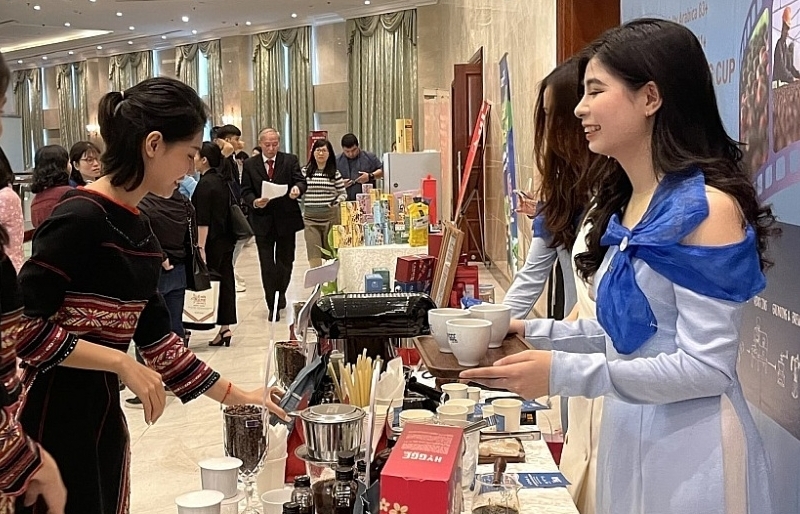
Revising policies to adapt to two-way impact of FTAs
09:24 | 10/11/2024 Finance

EVFTA strengthens Vietnam's attractiveness to European investors
07:21 | 18/08/2024 Import-Export

EVFTA boosts Vietnam’s exports to Europe
10:13 | 12/08/2024 Headlines
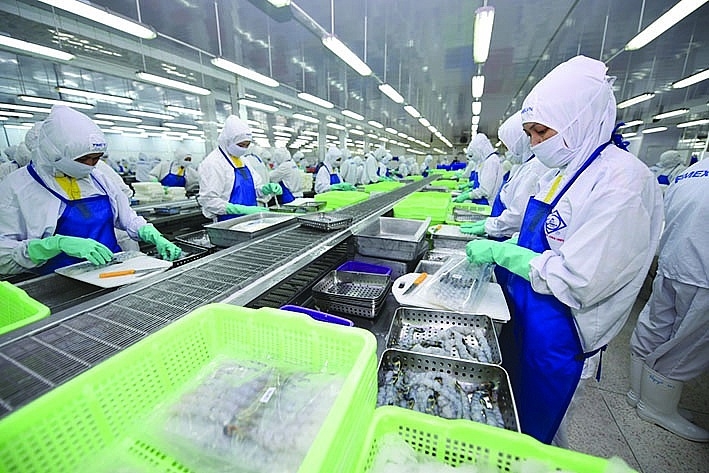
Taking advantage of EVFTA: "It's impossible for everyone's house to shine brightly"
13:48 | 01/12/2023 Import-Export
Latest News
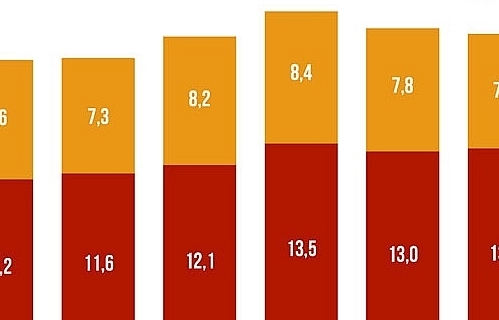
Top 10 Reputable Animal Feed Companies in 2024: Efforts to survive the challenges of nature
18:30 | 21/12/2024 Import-Export

Vietnam's import-export surges 15.3%
09:44 | 20/12/2024 Import-Export

More Vietnamese firms interested in Saudi Arabia: Ambassador
09:43 | 20/12/2024 Import-Export

“Give and Take” in the Value Chain of the CPTPP Market
09:30 | 20/12/2024 Import-Export
More News

Binh Dinh province works to attract investment from Japan
15:44 | 19/12/2024 Import-Export

Agricultural, forestry and fishery exports “reach the target” early
15:20 | 19/12/2024 Import-Export

Thailand remains Vietnam’s biggest trading partner in ASEAN
15:35 | 18/12/2024 Import-Export

Rubber value soars in 2024: VRA
15:33 | 18/12/2024 Import-Export
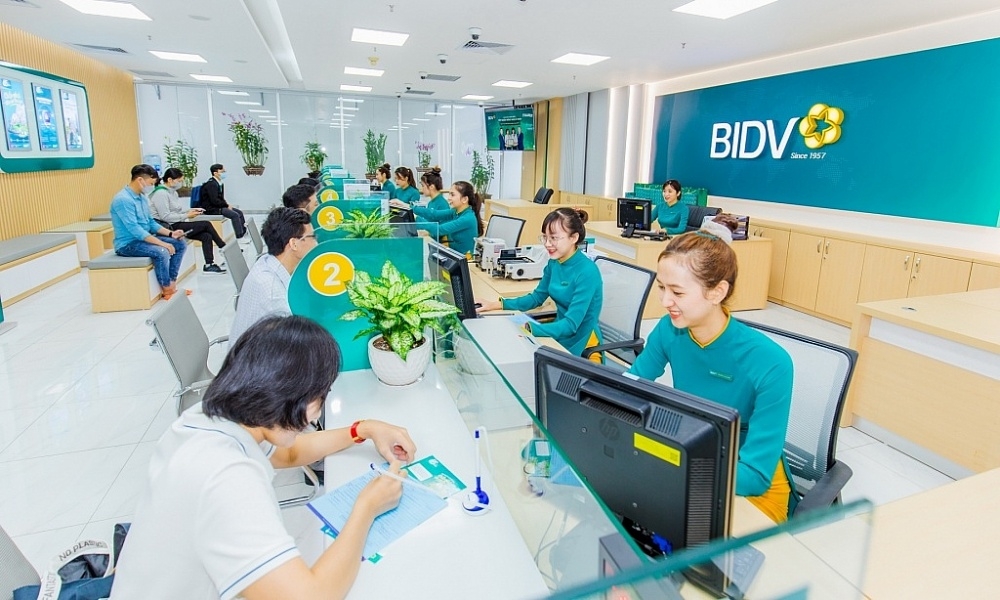
Vietnamese businesses struggle to access green finance
09:58 | 18/12/2024 Import-Export

E-commerce: a gateway to boost Vietnamese commodities in the UK market
16:55 | 17/12/2024 Import-Export

Agro-forestry-fisheries exports top 62 billion USD in 2024
16:51 | 17/12/2024 Import-Export
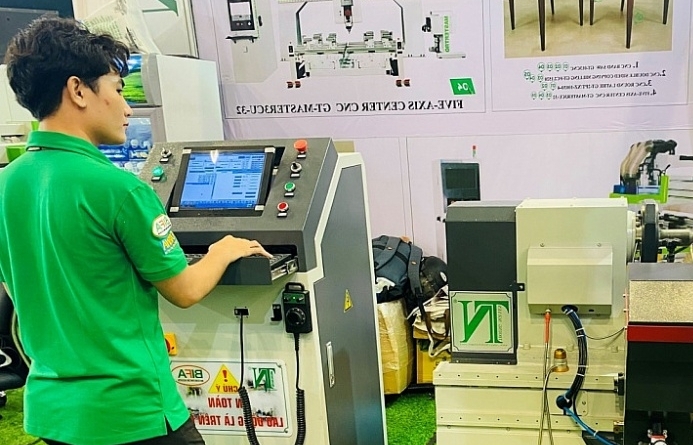
Removing “bottlenecks” for digital transformation in industrial production
10:00 | 17/12/2024 Import-Export

UKVFTA facilitates Việt Nam's tuna exports to UK market
13:56 | 16/12/2024 Import-Export
Your care

Top 10 Reputable Animal Feed Companies in 2024: Efforts to survive the challenges of nature
18:30 | 21/12/2024 Import-Export

Vietnam's import-export surges 15.3%
09:44 | 20/12/2024 Import-Export

More Vietnamese firms interested in Saudi Arabia: Ambassador
09:43 | 20/12/2024 Import-Export

“Give and Take” in the Value Chain of the CPTPP Market
09:30 | 20/12/2024 Import-Export

Binh Dinh province works to attract investment from Japan
15:44 | 19/12/2024 Import-Export




